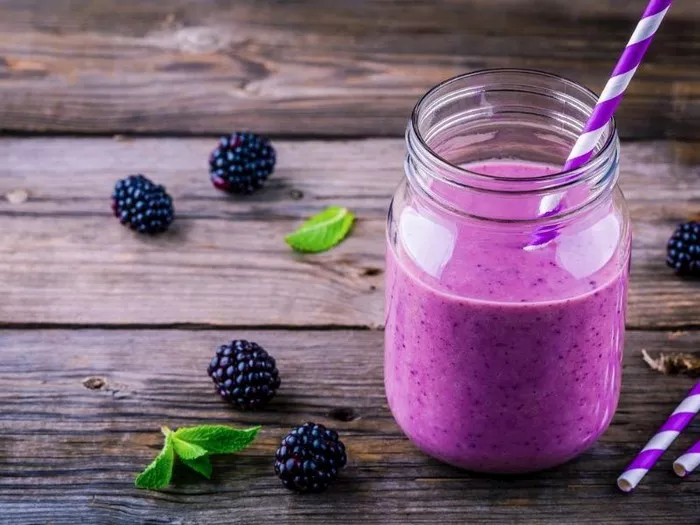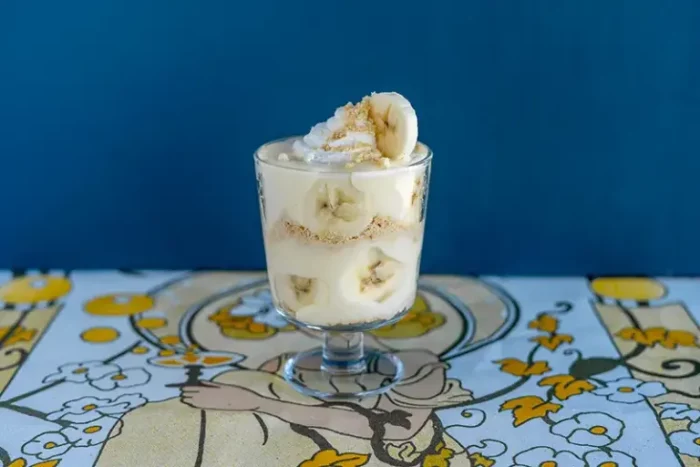Rice pudding is a timeless, comforting dessert enjoyed by people worldwide. Its creamy texture and sweet, mild flavor make it an excellent choice for a satisfying snack or dessert. While rice pudding can be made with various types of rice, the type of rice you choose can significantly impact the final texture, taste, and overall experience. In this article, we’ll explore the different types of rice suitable for making rice pudding and provide detailed explanations for each. We’ll also share tips for making the perfect rice pudding and offer some delicious variations.
Types of Rice for Rice Pudding
Several types of rice can be used to make rice pudding, each offering a unique texture and flavor profile. Here are some of the most popular options:
Short-Grain Rice
Short-grain rice is a traditional choice for making rice pudding. Its compact, sticky grains hold together well when cooked in milk, creating a creamy, dense texture. Some common short-grain rice varieties include:
Japanese Sticky Rice (Mochiko or Glutinous Rice): This rice is highly sticky and is often used in Japanese desserts. Its sticky nature makes it perfect for rice pudding, as it creates a thick, velvety texture.
Arborio Rice: Known for its high starch content, Arborio rice is commonly used in risotto and Italian desserts. Its ability to absorb liquid and become creamy makes it an excellent choice for rice pudding.
Sushi Rice: While primarily used for making sushi, sushi rice can also be used to make rice pudding. Its sticky texture ensures that the pudding holds together well.
Medium-Grain Rice
Medium-grain rice is a versatile option for rice pudding. It offers a balance between the stickiness of short-grain rice and the separation of long-grain rice. Some popular medium-grain rice varieties include:
Calrose Rice: This rice is widely used in Asian cooking and is suitable for rice pudding due to its ability to absorb flavors and create a creamy texture.
Bomba Rice: Often used in Spanish paella, Bomba rice has a high absorption capacity, making it an excellent choice for rice pudding. Its ability to retain shape and firmness while becoming creamy makes it perfect for this dessert.
Long-Grain Rice
Long-grain rice, such as basmati and jasmine rice, is less common in rice pudding due to its tendency to separate into individual grains when cooked. However, some people prefer the lighter texture and distinct grain separation that long-grain rice offers. If you enjoy a less dense, more granular rice pudding, long-grain rice may be a suitable choice.
Brown Rice and Wild Rice
While traditional rice pudding recipes often use white rice, brown rice and wild rice can also be used for a healthier, nutrient-rich alternative. Brown rice and wild rice have a nutty flavor and chewier texture compared to white rice. They may require additional cooking time to soften fully and may produce a pudding with a firmer texture. However, the added fiber and nutrients make them a valuable option for those looking for a healthier dessert.
Making the Perfect Rice Pudding
Now that you know the different types of rice suitable for rice pudding, let’s dive into the steps for making the perfect rice pudding. Here’s a basic recipe that you can adapt based on the type of rice you choose:
Ingredients
- 1 cup rice (short-grain, medium-grain, or brown rice)
- 4 cups whole milk (you can use heavy cream for a richer texture)
- 1/2 cup granulated sugar (adjust to taste)
- 1/2 teaspoon salt
- 1 teaspoon vanilla extract
- 1 cinnamon stick (optional)
- 1/2 cup raisins or other dried fruit (optional)
- Ground cinnamon or nutmeg for topping (optional)
Instructions
Rinse the Rice: Start by rinsing the rice under cold water to remove any excess starch or dirt. This step is particularly important if you’re using brown rice, as it can have a higher starch content.
Combine Ingredients: In a large saucepan, combine the rinsed rice, milk, sugar, salt, and cinnamon stick (if using). Stir well to ensure that the sugar and salt are evenly distributed.
Cook the Rice: Cook the rice over medium-low heat, stirring frequently to prevent sticking. As the rice cooks, it will absorb the milk and become creamy. If you’re using brown rice or wild rice, you may need to add more milk during cooking to achieve the desired creaminess.
Add Vanilla and Dried Fruit: Once the rice is cooked and creamy, remove the cinnamon stick (if used) and stir in the vanilla extract and dried fruit (if using). Continue to cook for a few minutes until the flavors meld together.
Taste and Adjust: Taste the rice pudding and adjust the sweetness if necessary by adding more sugar. Keep in mind that the pudding will continue to thicken as it cools, so you may want to err on the side of a slightly thinner consistency while it’s still hot.
Serve: Serve the rice pudding warm or chilled, topped with a sprinkle of ground cinnamon or nutmeg if desired. It can be enjoyed as a standalone dessert or paired with fresh fruit, whipped cream, or a scoop of ice cream.
Variations and Tips
While the basic rice pudding recipe is delicious, there are endless variations to explore. Here are some tips and ideas to elevate your rice pudding:
Spices and Extracts: Add a pinch of ground ginger, cardamom, or allspice for a warm, aromatic flavor. Alternatively, use almond or rose extract in place of vanilla for a unique twist.
Fruit Additions: Incorporate fresh or frozen berries, peaches, bananas, or mangoes for a fruity twist. You can add the fruit directly to the pudding or serve it on top.
Nuts and Seeds: Stir in chopped nuts, such as almonds, walnuts, or pecans, or sprinkle with chia seeds, flaxseeds, or hemp seeds for added texture and nutrition.
Dairy Alternatives: For a vegan or dairy-free option, use coconut milk, almond milk, or oat milk in place of whole milk. Note that the texture and cooking time may vary slightly.
Sweeteners: Experiment with different sweeteners, such as honey, maple syrup, agave nectar, or coconut sugar, to suit your taste preferences.
Texture Variations: For a crunchier texture, add a handful of granola or crushed cookies to the top of the pudding. For a smoother texture, blend a portion of the cooked rice pudding with an immersion blender or in a blender until smooth before serving.
Conclusion
Rice pudding is a versatile, comforting dessert that can be made with various types of rice. Whether you prefer the creamy texture of short-grain rice, the balanced flavor of medium-grain rice, or the nutty chew of brown or wild rice, there’s a rice pudding recipe to suit your taste. By following the basic steps and tips outlined in this article, you can create a delicious, satisfying rice pudding that’s perfect for any occasion. Whether enjoyed warm or chilled, topped with fresh fruit, nuts, or a dollop of whipped cream, rice pudding is a timeless treat that’s sure to delight your taste buds. So, the next time you’re in the mood for a comforting dessert, give rice pudding a try—you won’t be disappointed!
Related Topics:
























